The question “When do breasts stop growing?” is one that many girls and women ask as they go through puberty and beyond. Breast development is a gradual process that begins during puberty, but the timeline for growth varies for each individual. Typically, breasts begin to develop between the ages of 8 and 14, and this process can continue until around age 18. However, for some, breasts may undergo further changes into the early 20s. Let’s explore the stages of breast development and how the right bra can make you feel more comfortable and confident through every stage.
The Stages of Breast Development

-Prepubertal Development (Before Puberty):
Before puberty begins, the breasts are generally flat with no visible signs of development. The earliest stages of breast tissue formation occur in the womb, with the nipples and milk ducts beginning to form early on. However, these are not visible changes at this stage.
-Puberty (Around Ages 8-14):(Before Puberty):
Puberty marks the beginning of noticeable breast development. As estrogen levels rise, the breasts start to enlarge, and the milk ducts grow. This is when the first visible signs of breast development, called "breast buds," begin to form under the nipples. During this time, a comfortable, supportive bra can help young girls feel more confident as their body changes. A well-fitting, gentle bra can provide comfort and support without restricting growth.
-Post-Puberty (Ages 12-16):
After menstruation begins, the breasts continue to develop. The milk ducts become fully formed, and glandular tissue develops at the ends of the ducts. The areola may enlarge and darken. A supportive bra during this stage is essential as the breasts begin to grow and change. Opting for soft, seamless bras that offer support without digging into the skin is ideal for promoting comfort during this time.
-Late Teens to Early 20s:
After menstruation begins, the breasts continue to develop. The milk ducts become fully formed, and glandular tissue develops at the ends of the ducts. The areola may enlarge and darken. A supportive bra during this stage is essential as the breasts begin to grow and change. Opting for soft, seamless bras that offer support without digging into the skin is ideal for promoting comfort during this time.
Sources from: ancabreahna , karidis , breastreductionvirginia
When Do Breasts Stop Growing?
Most people’s breasts stop growing by age 18, although some may continue to develop until their early 20s. The final size and shape of the breasts are largely determined by genetics, much like other physical traits such as height and eye color. Additionally, body weight can play a role, as breasts contain both glandular and fatty tissue. If a person gains or loses weight, it can impact the size of the breasts.
How a Bra Can Help at Any Stage:
Throughout this time of development, the right bra is not just about aesthetics but also about comfort and health. Bras that are designed to grow with your body can offer gentle support without constricting natural changes. Consider bras that feature adjustable straps, soft cups, and stretchy bands to accommodate growth and offer lasting comfort.
Factors That Affect Breast Size Later in Life
Even after puberty ends and breast development slows down, various factors can lead to changes in breast size and appearance:
-Hormonal Changes:
Hormones have a significant effect on the size and appearance of the breasts throughout life. Pregnancy is a time when breasts can grow larger in preparation for breastfeeding, and hormonal fluctuations from birth control or menopause can also impact size and shape.
-Weight Fluctuations:
Since breasts are made up of both glandular tissue and fat, changes in body weight—either weight gain or loss—can result in changes in breast size.
-Age:
As people age, the breast tissue naturally becomes less dense and more fatty. This can lead to a slight reduction in size or a softer, more relaxed appearance.
-Exercise and Muscle Development:
While exercise doesn’t directly affect breast tissue, weight-bearing exercises that strengthen chest muscles can make the breasts appear firmer and more lifted. Muscle development underneath the breast tissue may give the appearance of perkier breasts.
Sources from: Healthline, Benenden
The Role of Bras in Your Journey: Enhancing Comfort and Confidence
Regardless of where you are in your breast development, the right bra can enhance both comfort and confidence. As your body changes, it’s important to wear bras that provide support and comfort during each stage of growth. Here are some suggestions:
For Post-Pregnancy:
After pregnancy and breastfeeding, the body can undergo significant changes, and a well-fitted bra becomes crucial for support. Nursing bras are designed to provide easy access while keeping the breasts supported.
For Weight Changes:
If you’ve gained or lost weight, it’s important to reassess your bra size to ensure you’re getting the best fit. A bra that fits well can give you a boost of confidence and comfort, whether you’re dealing with smaller or larger breasts.
For Aging:
As we age, breast tissue naturally changes. Look for bras that are designed for comfort and support , with features like stretchy fabrics, wider straps, and soft padding to maintain a smooth, supportive fit.
Breast development is a personal and unique process that takes time and varies from person to person. While most people’s breasts stop growing by their late teens or early 20s, factors like weight changes, hormones, and age can still impact size and shape. If you are considering surgery to enhance or reduce the size of your breasts, it’s important to have an open conversation with a professional to understand your options.
Regardless of where you are in your breast development journey, embracing your natural body is key, and there are always options available to help you feel confident and comfortable in your own skin. A great-fitting bra can help you feel supported and confident at any stage of life, providing comfort and enhancing your natural shape.


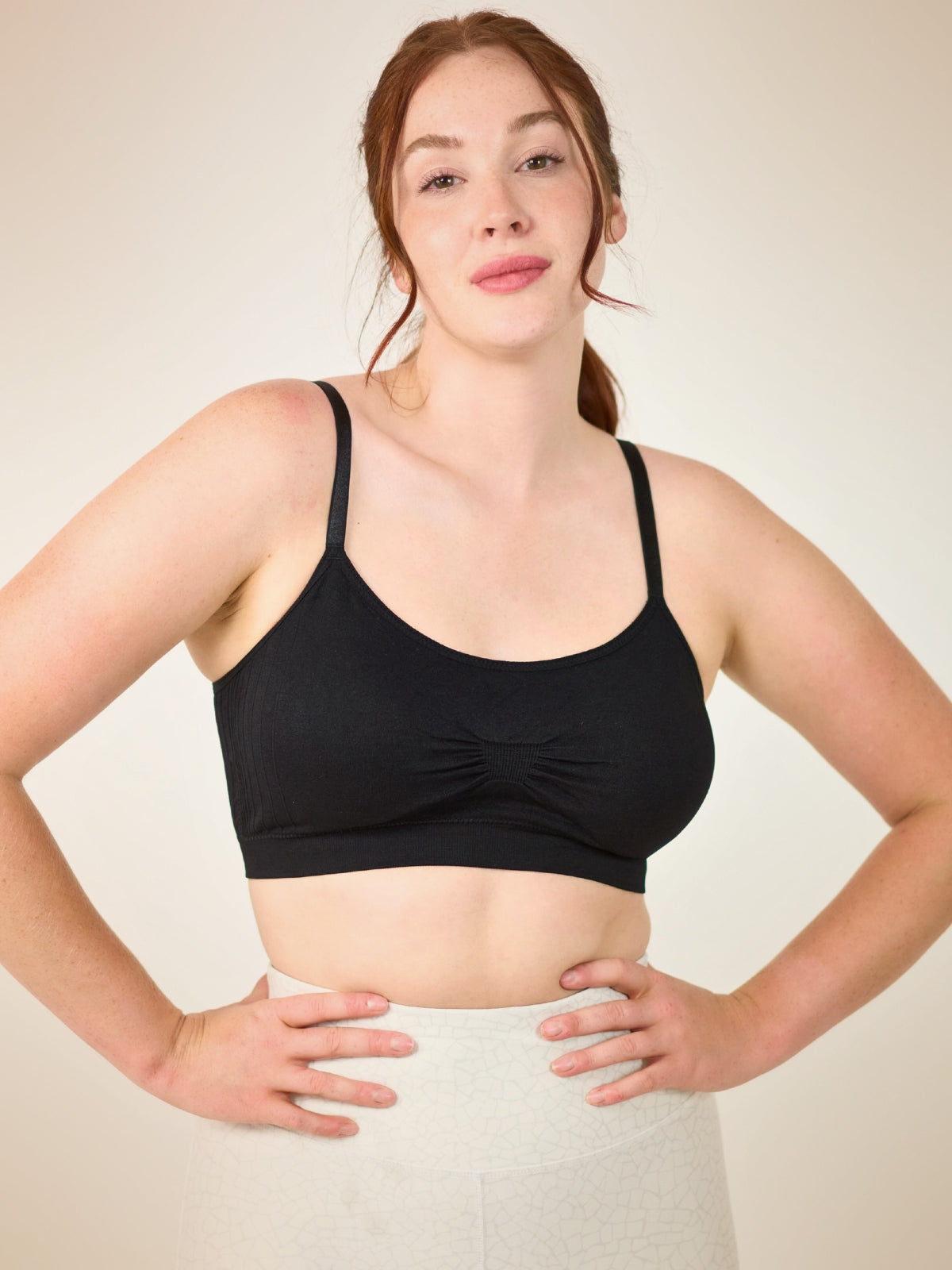
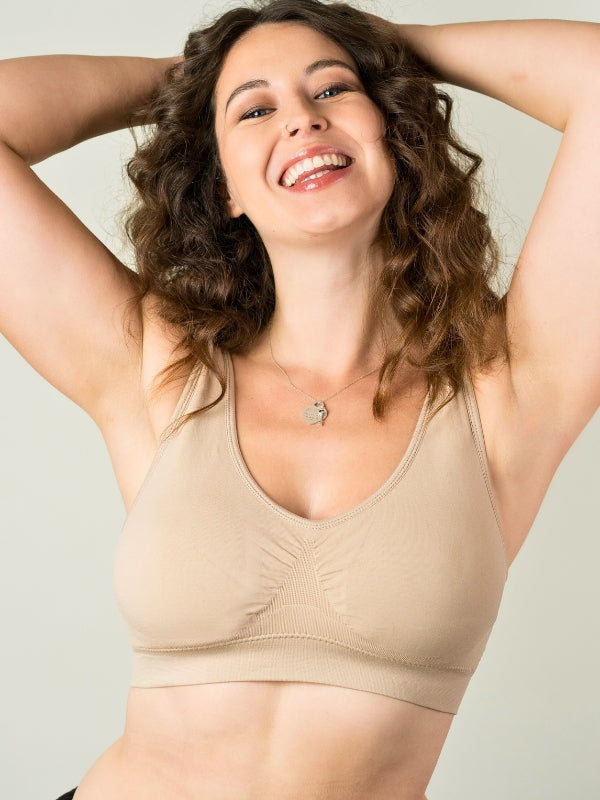
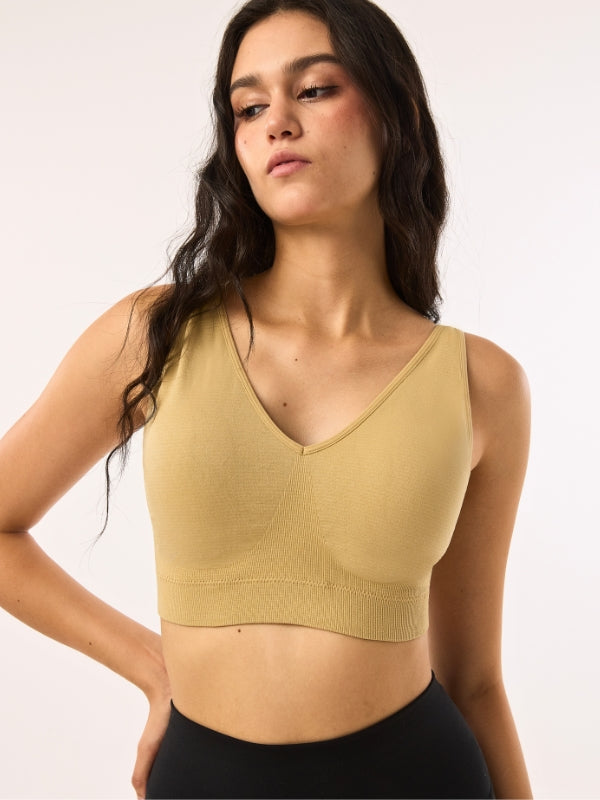
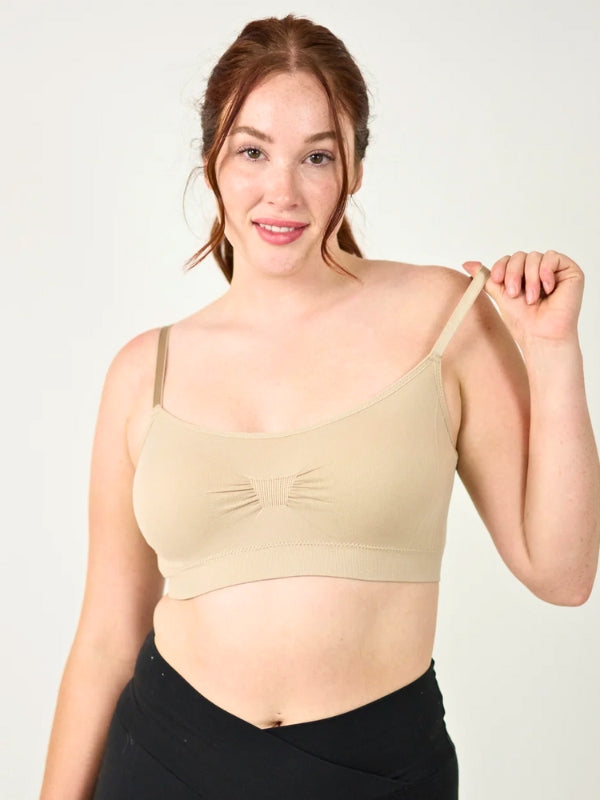
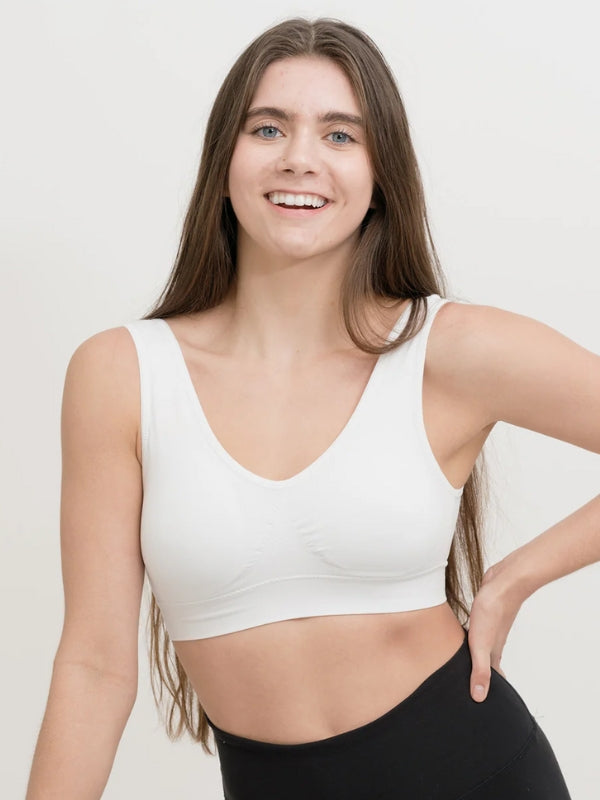
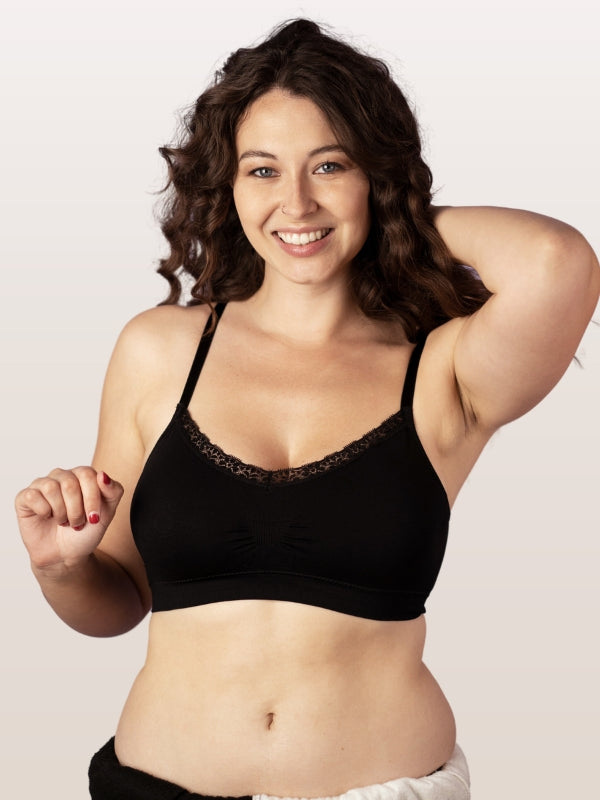
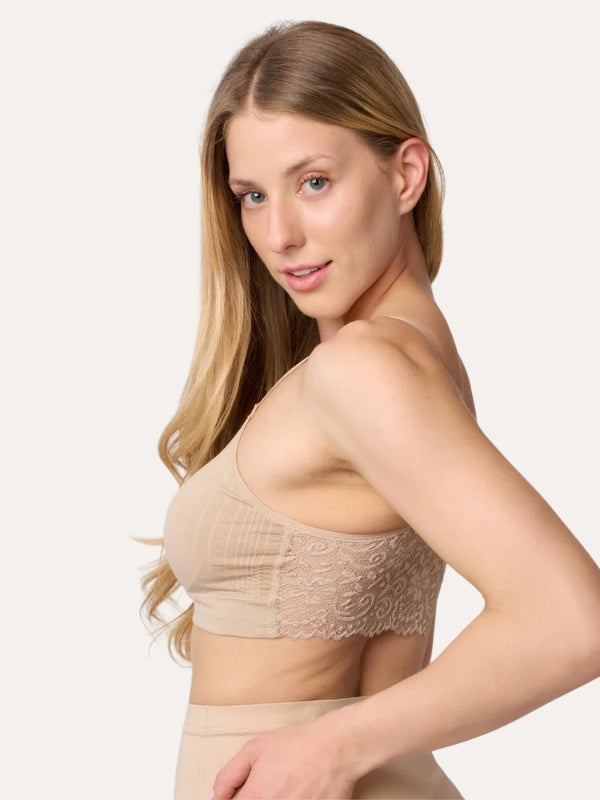
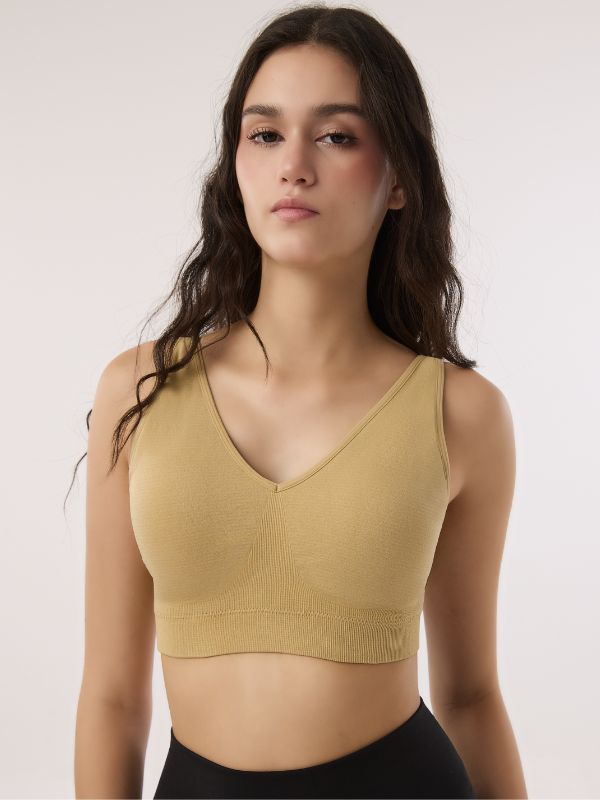
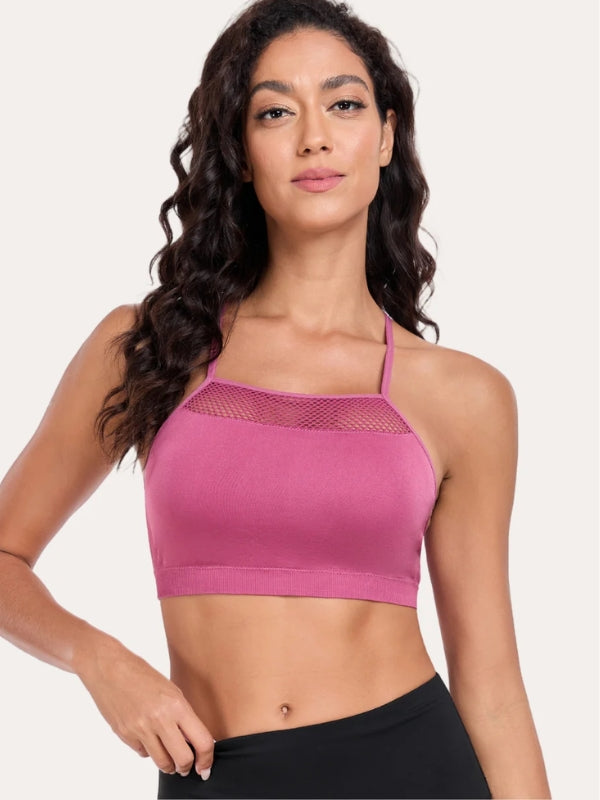
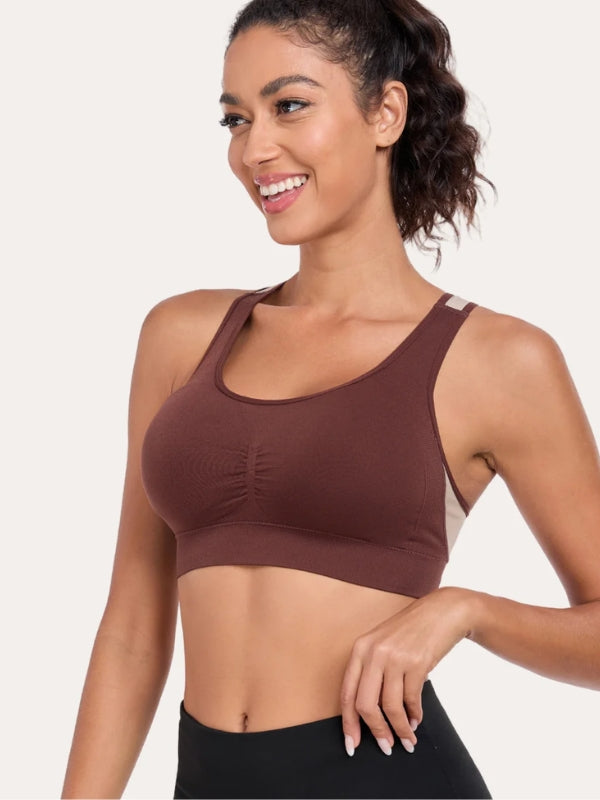
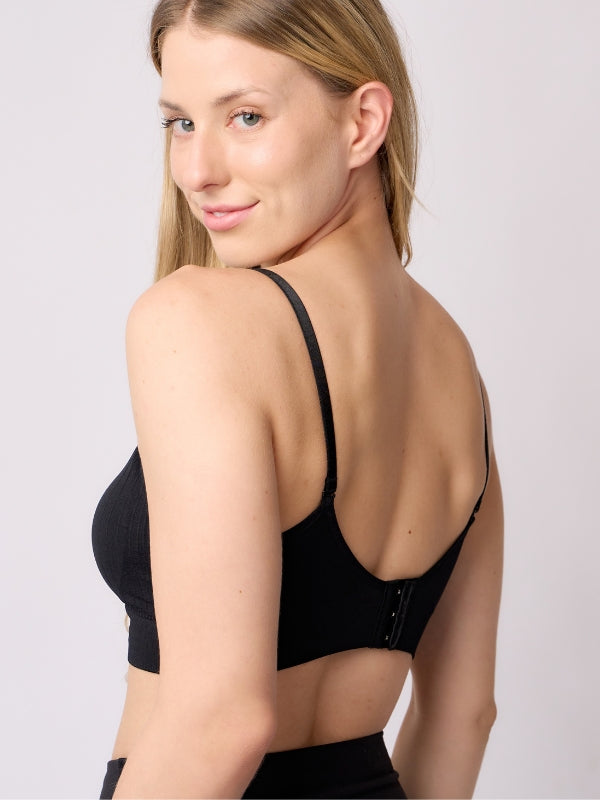
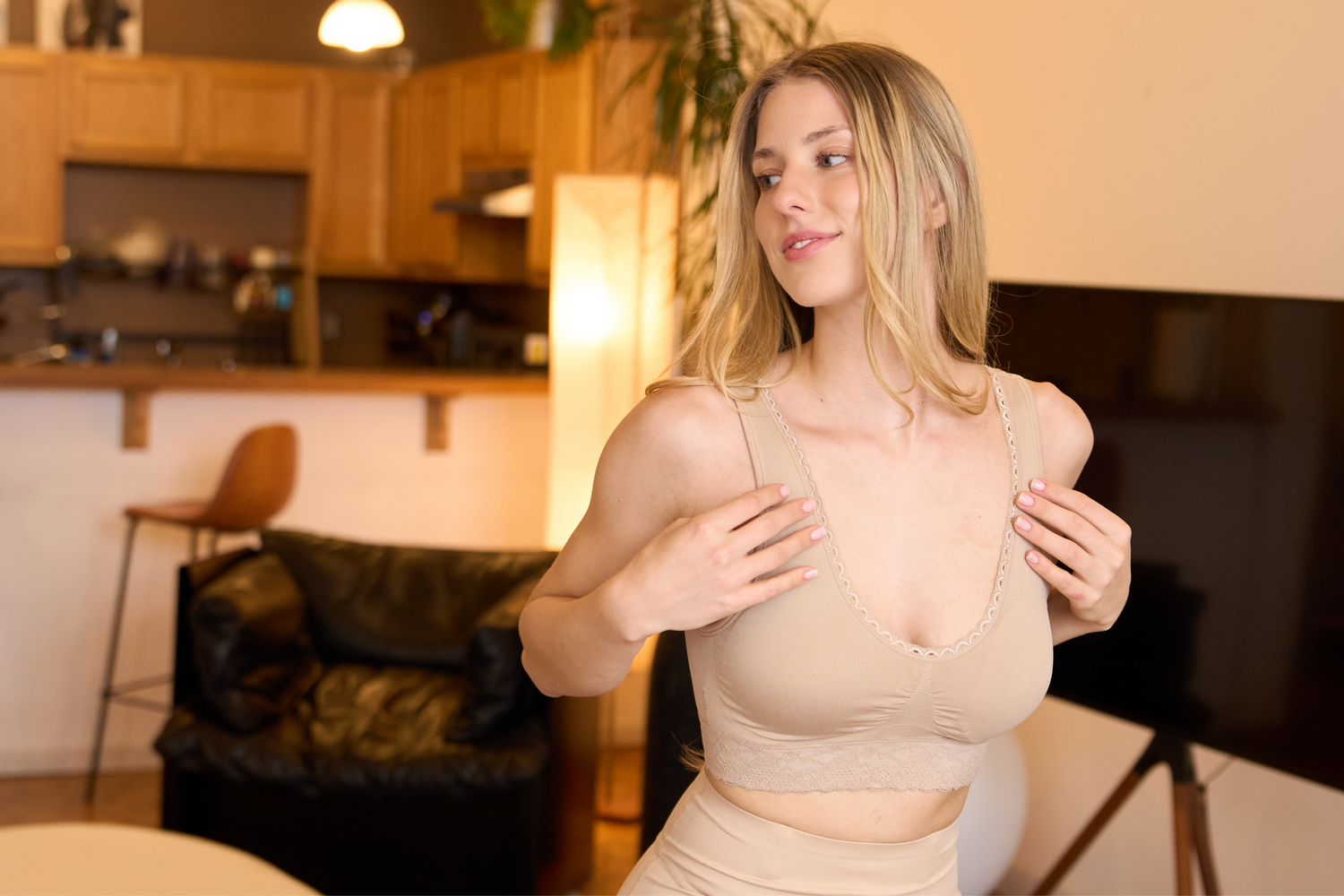

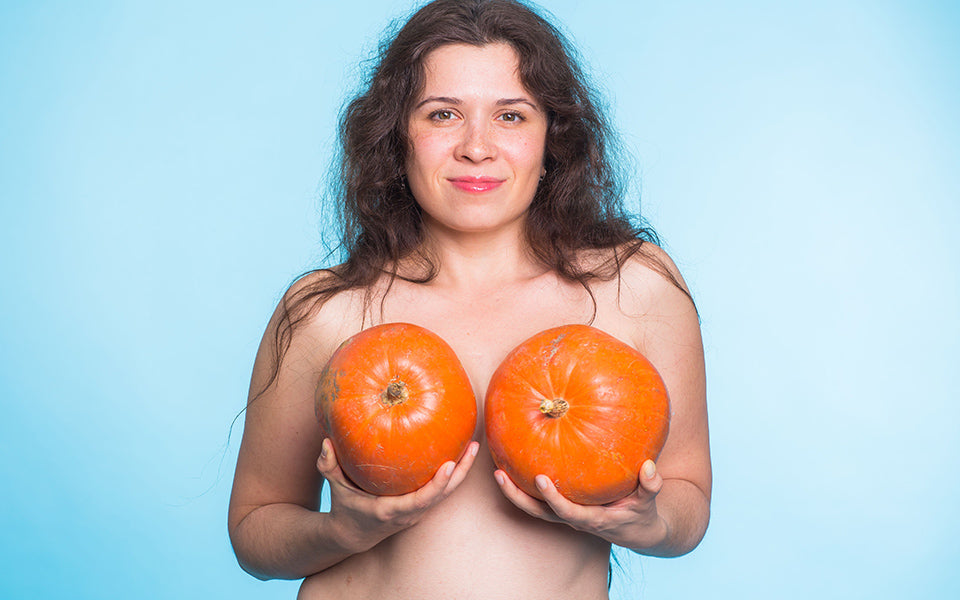


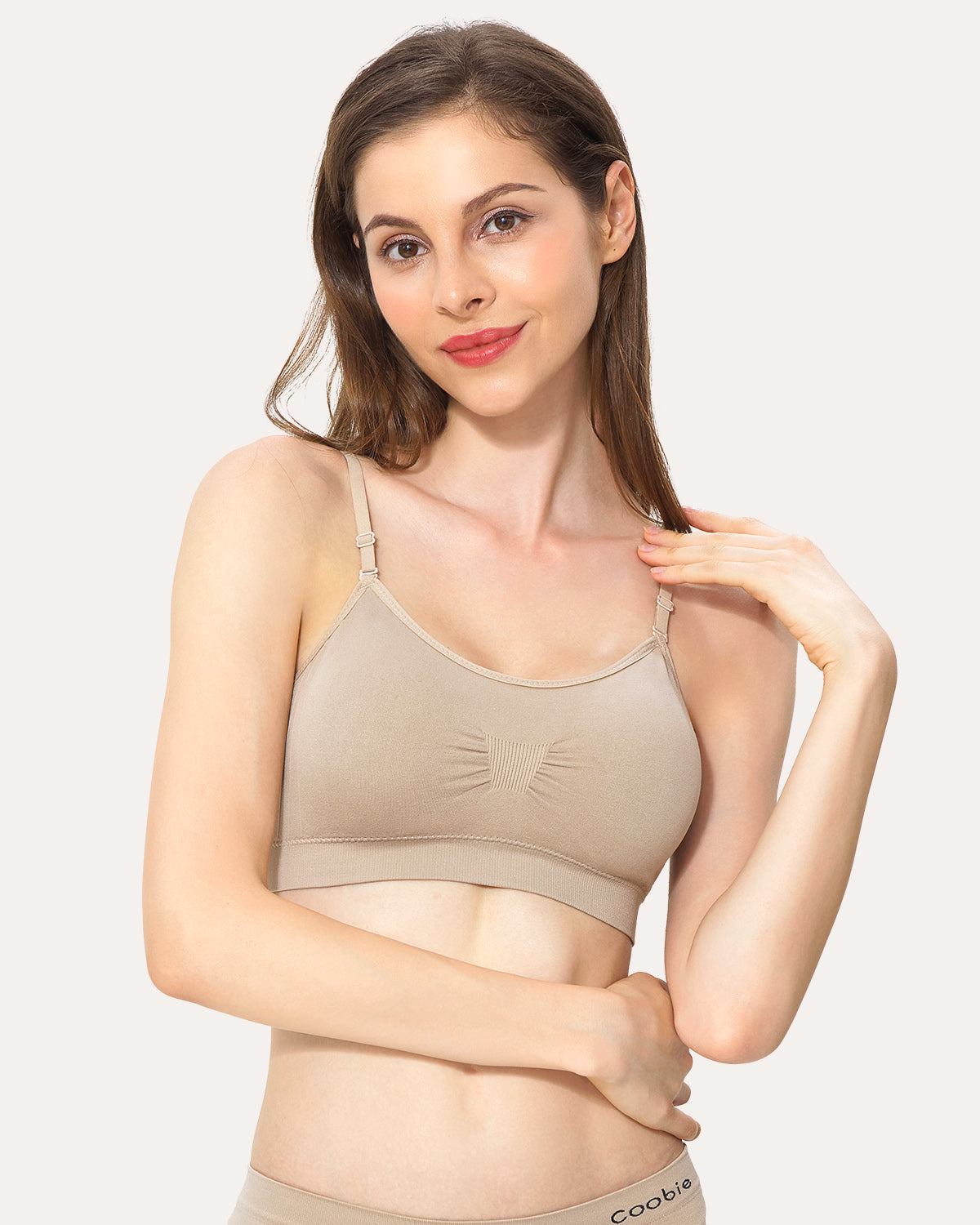
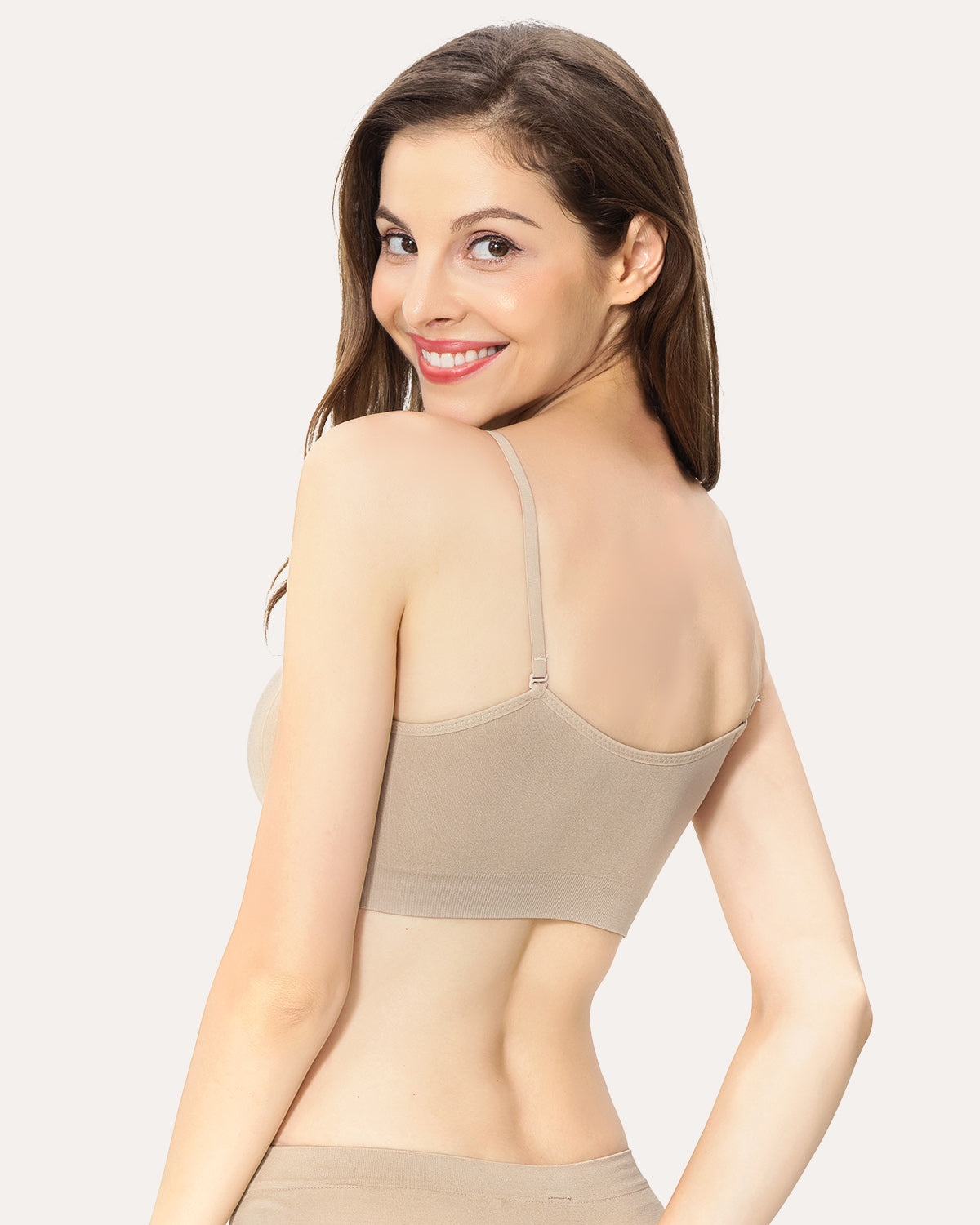
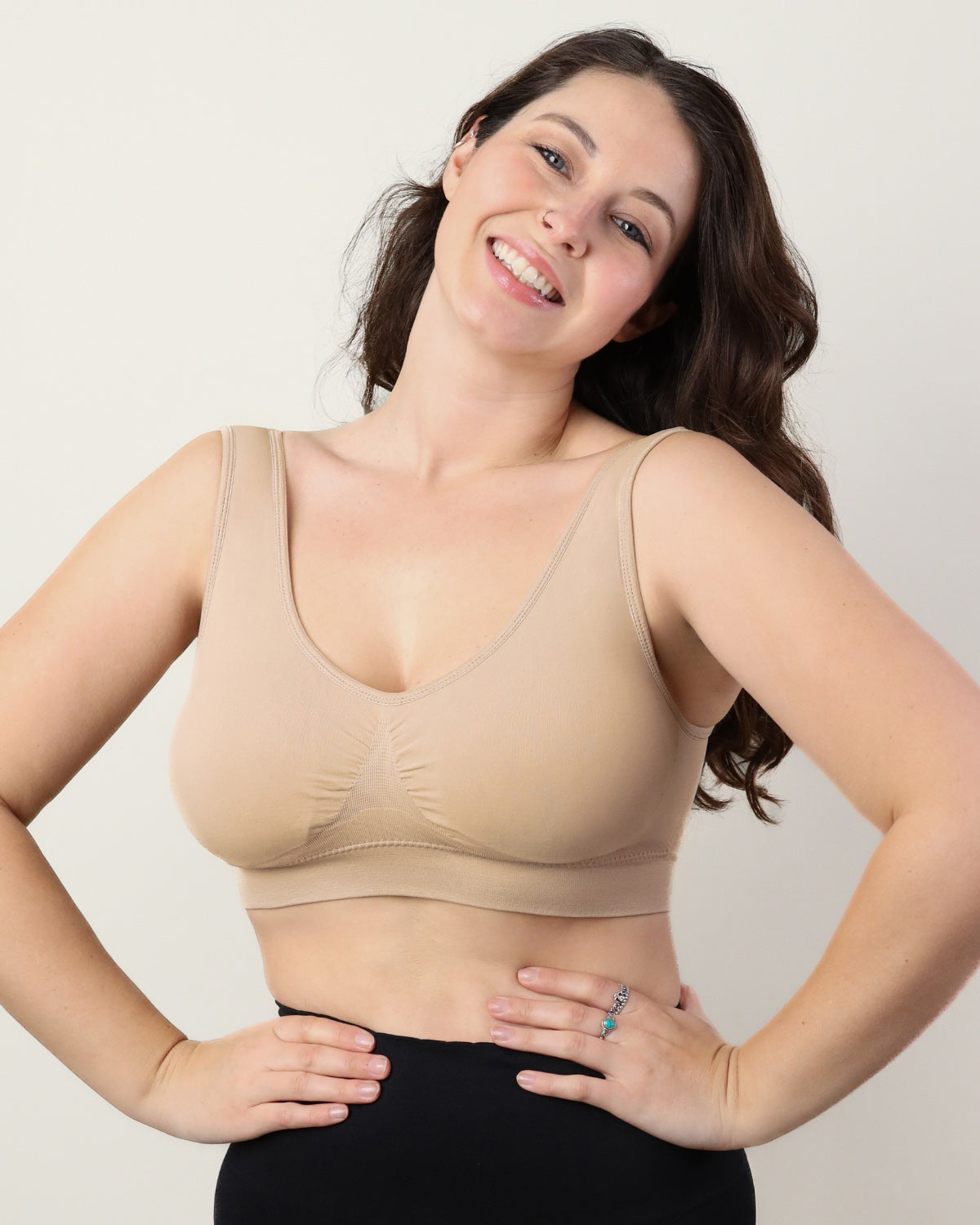

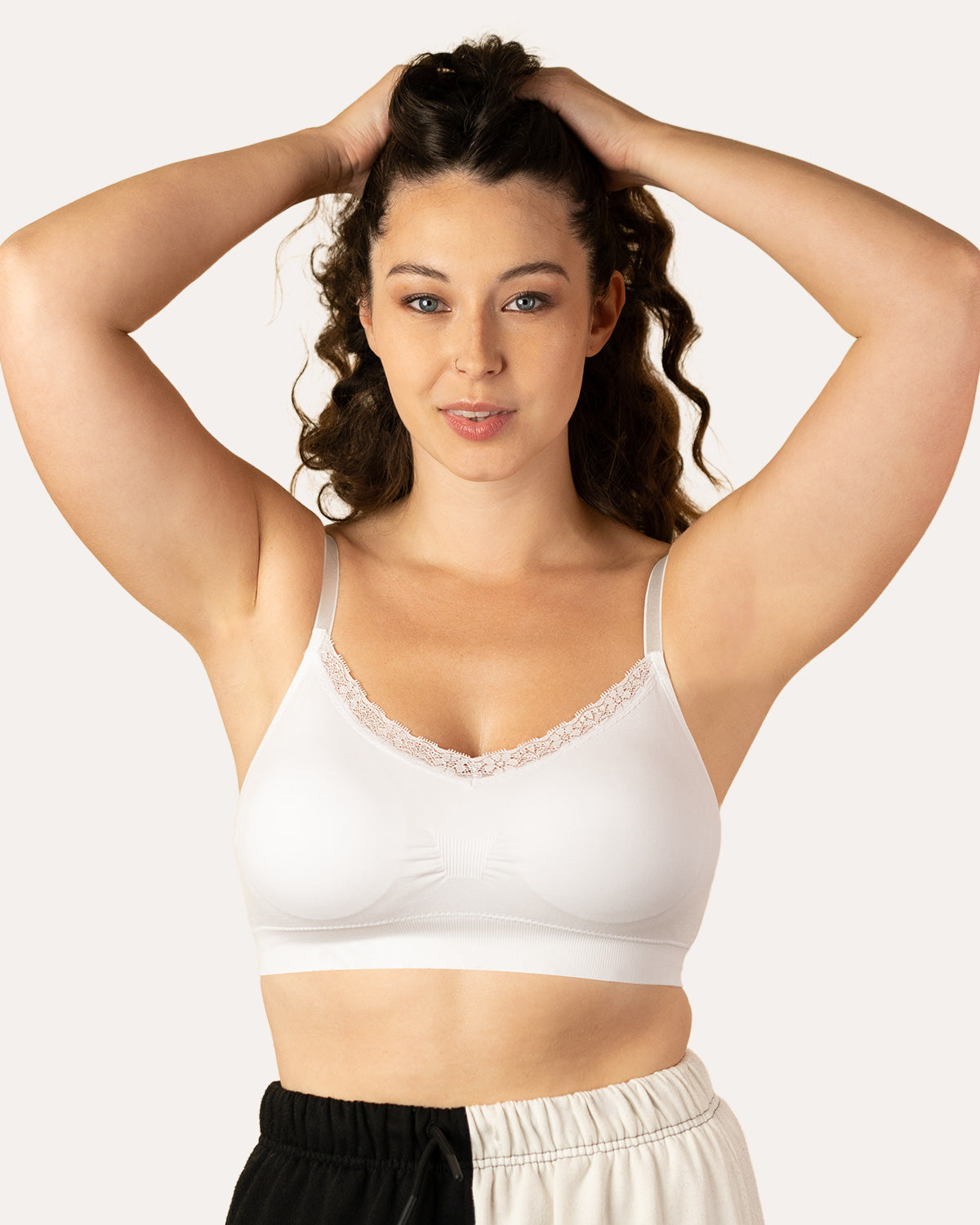
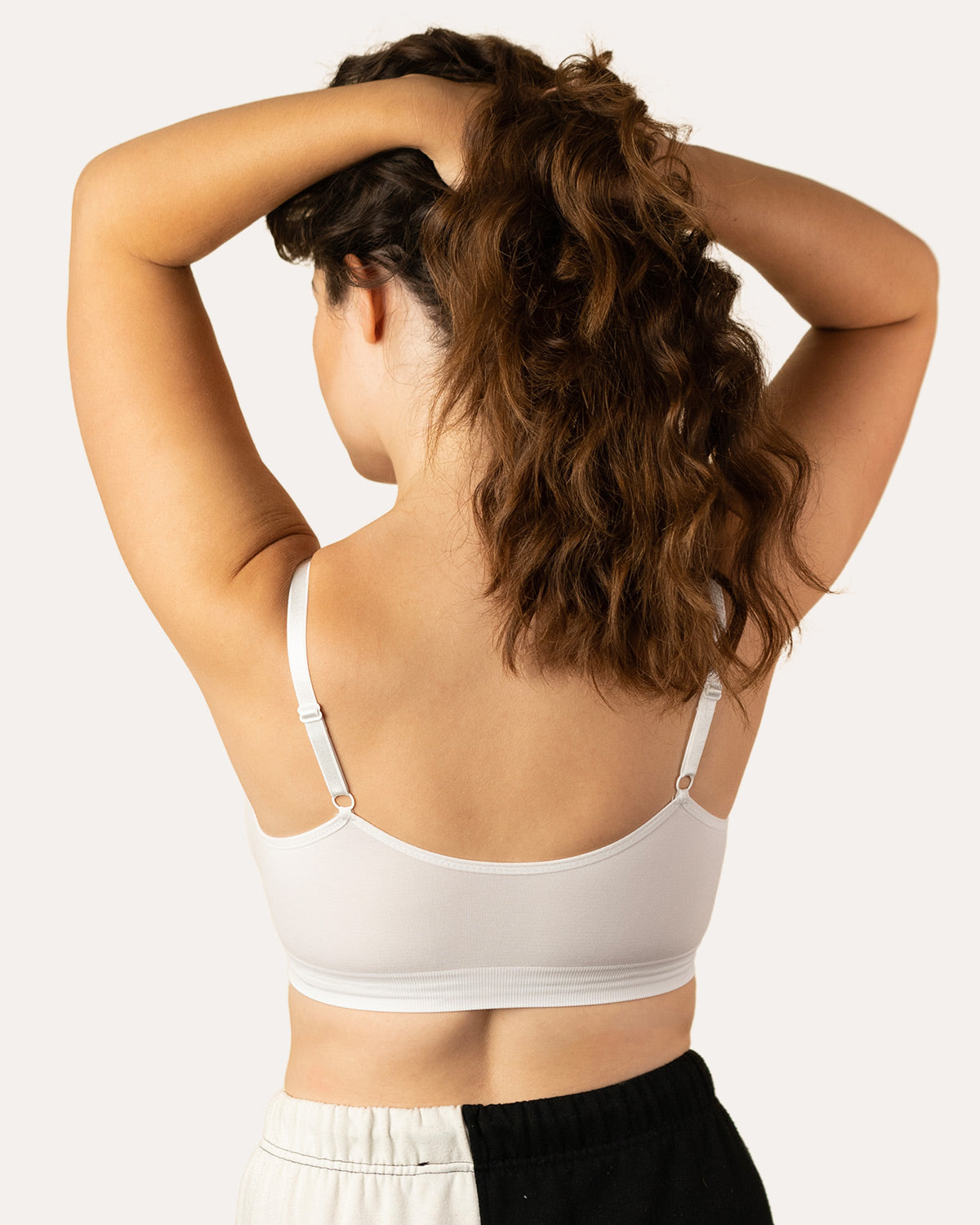
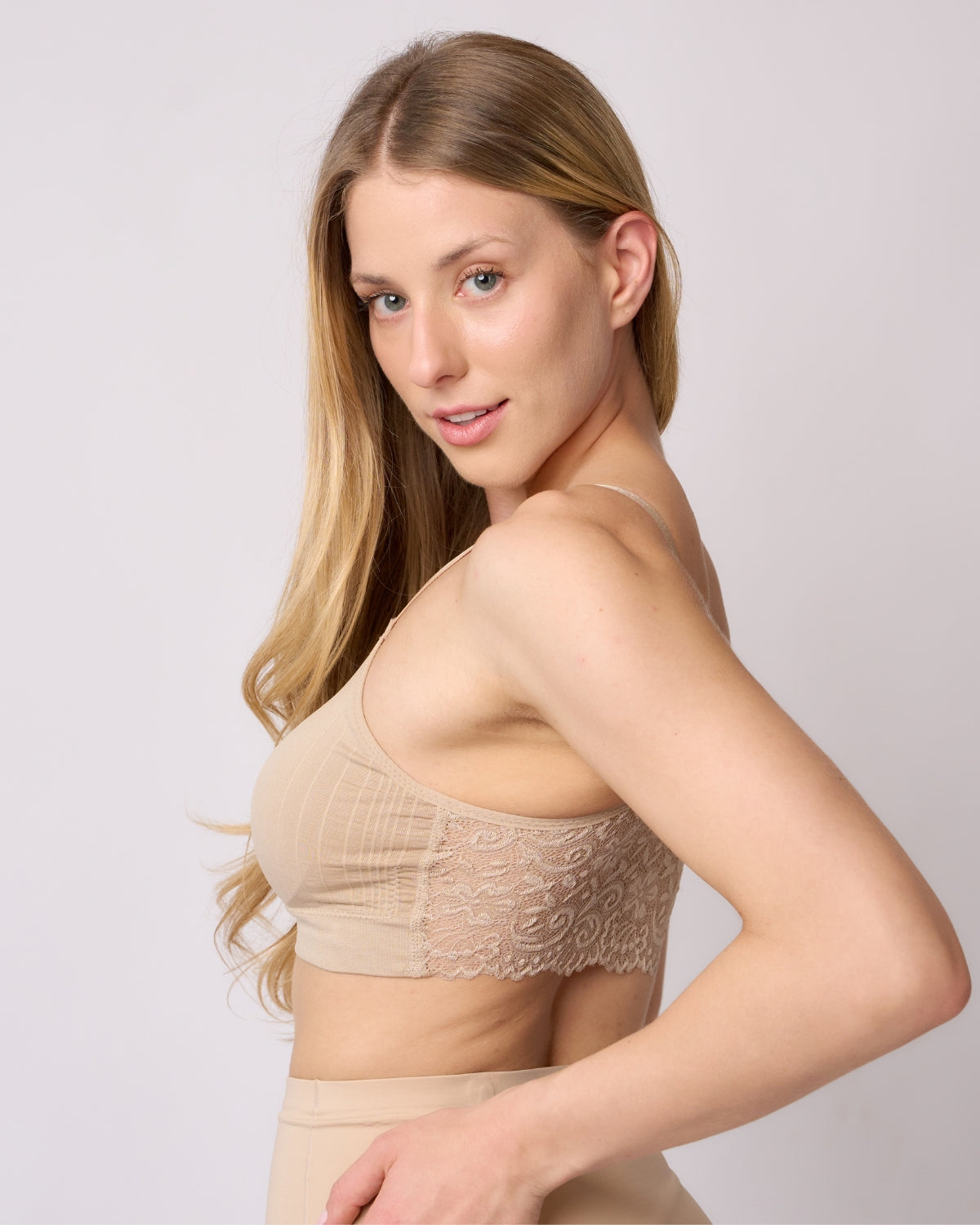
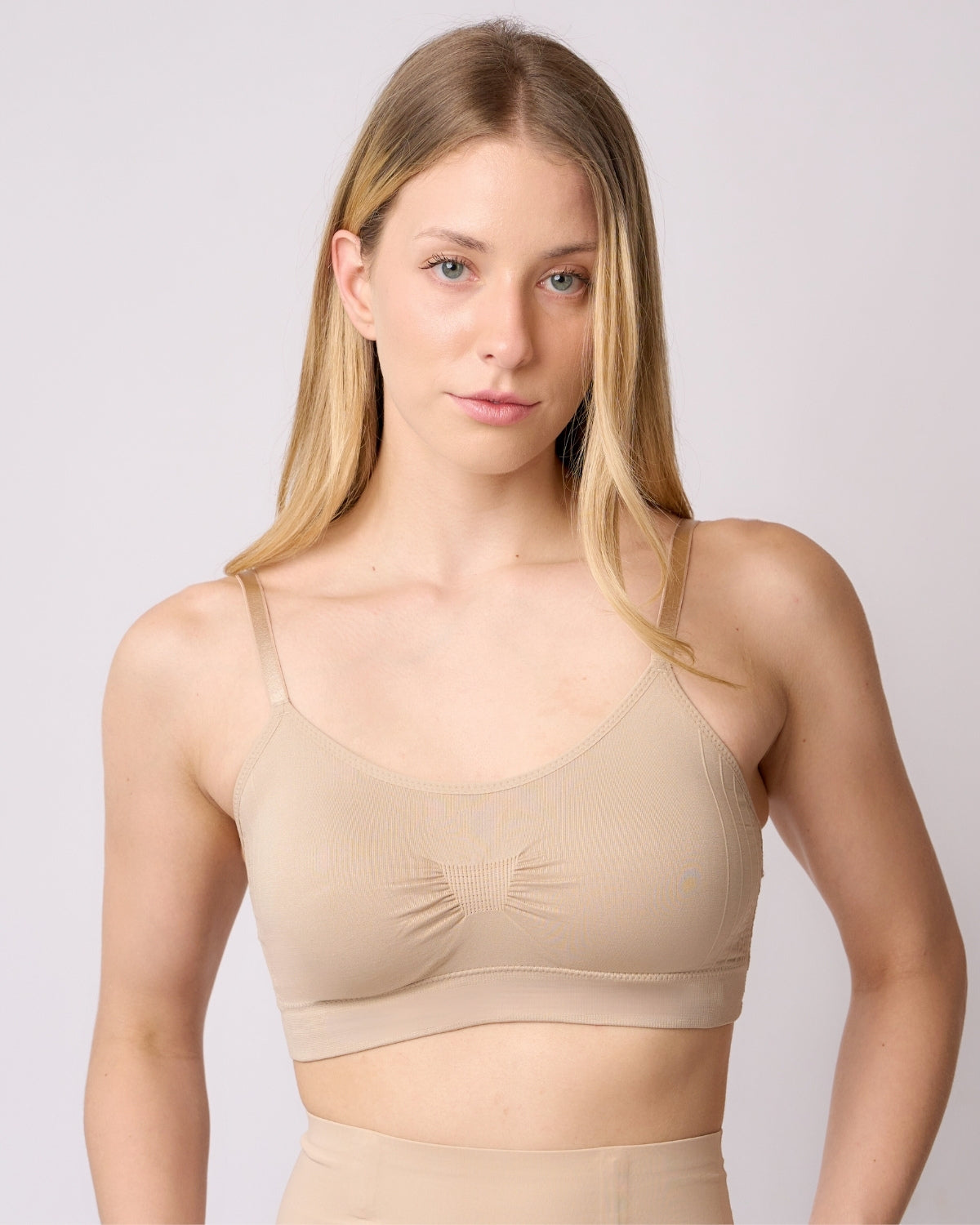
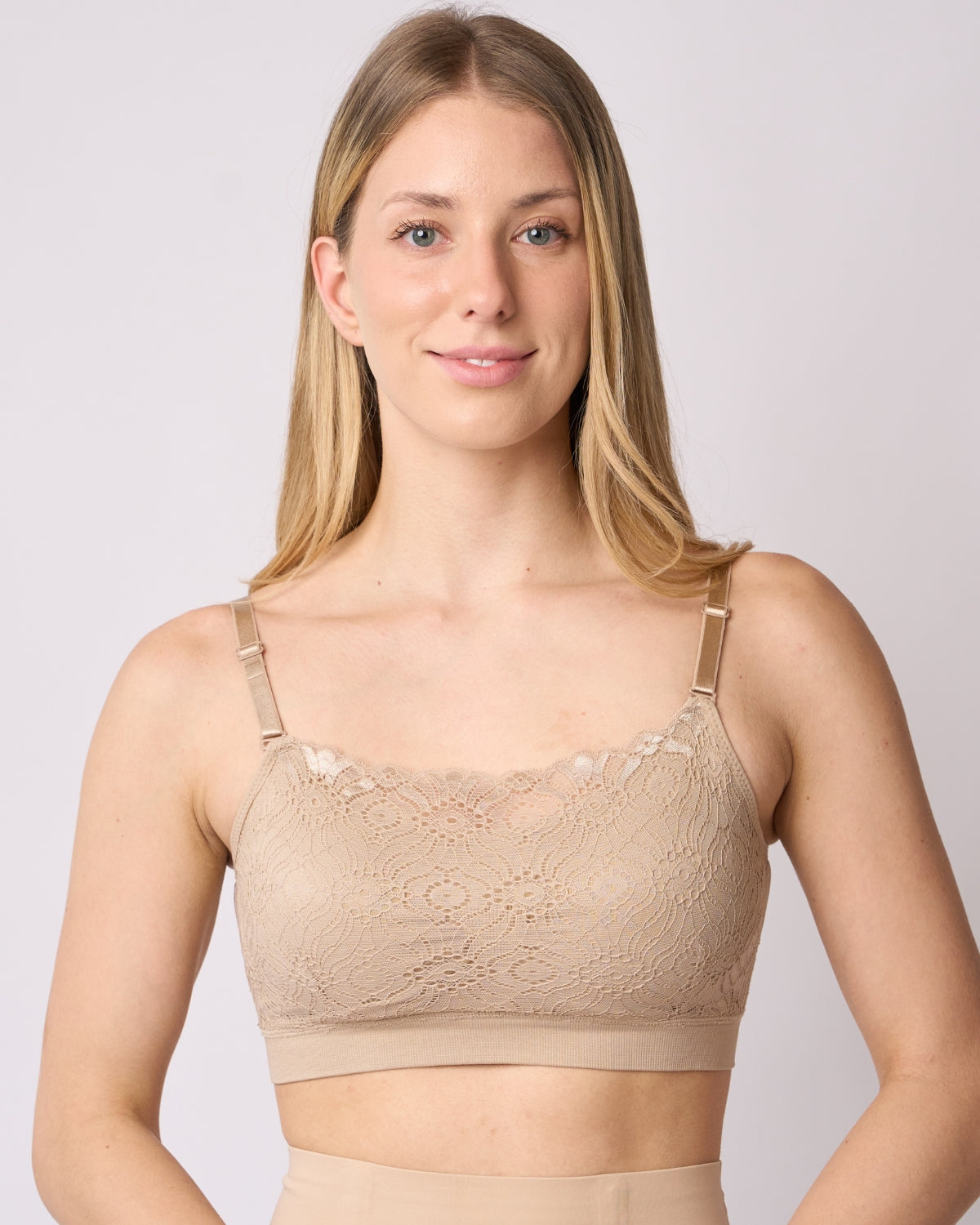
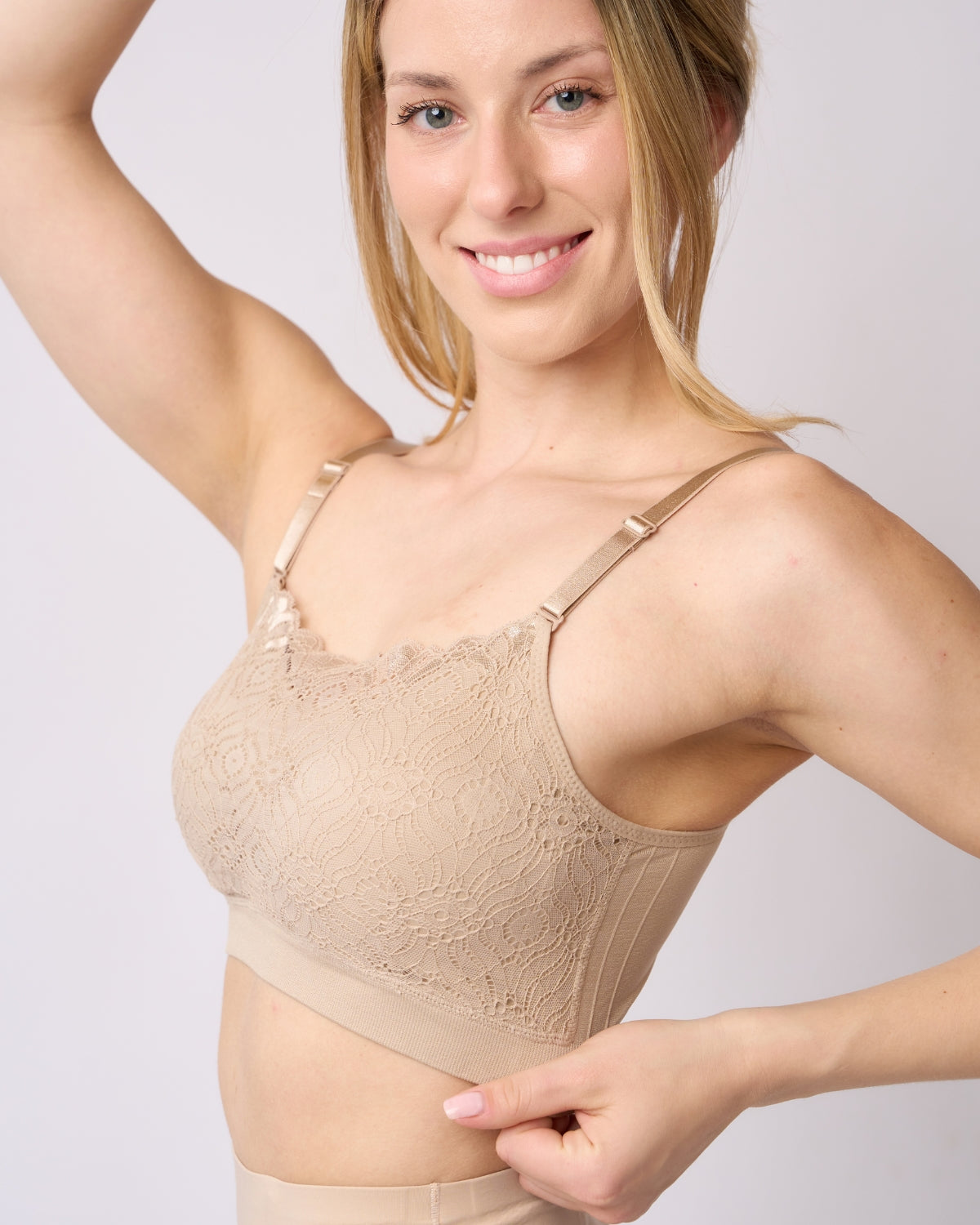
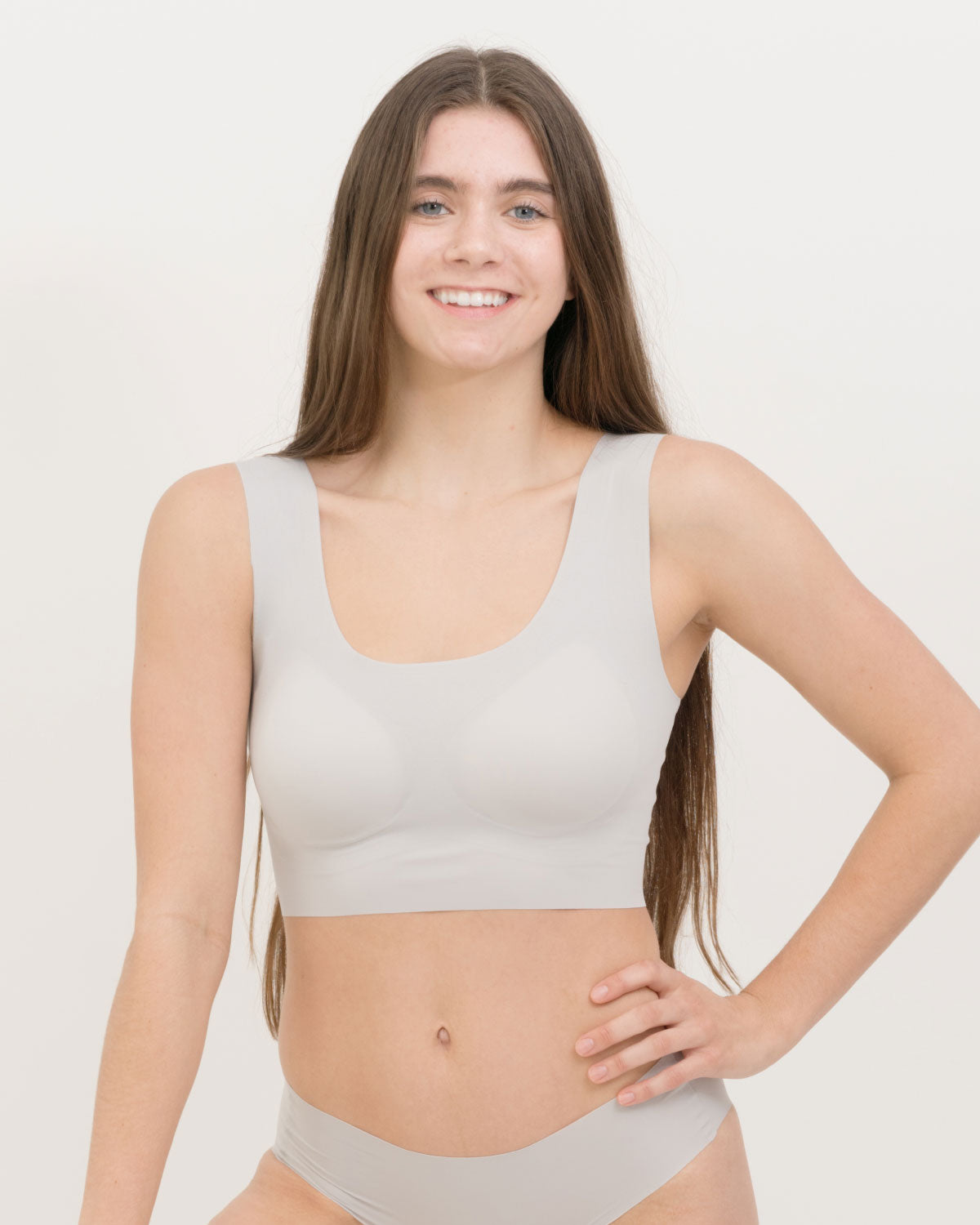
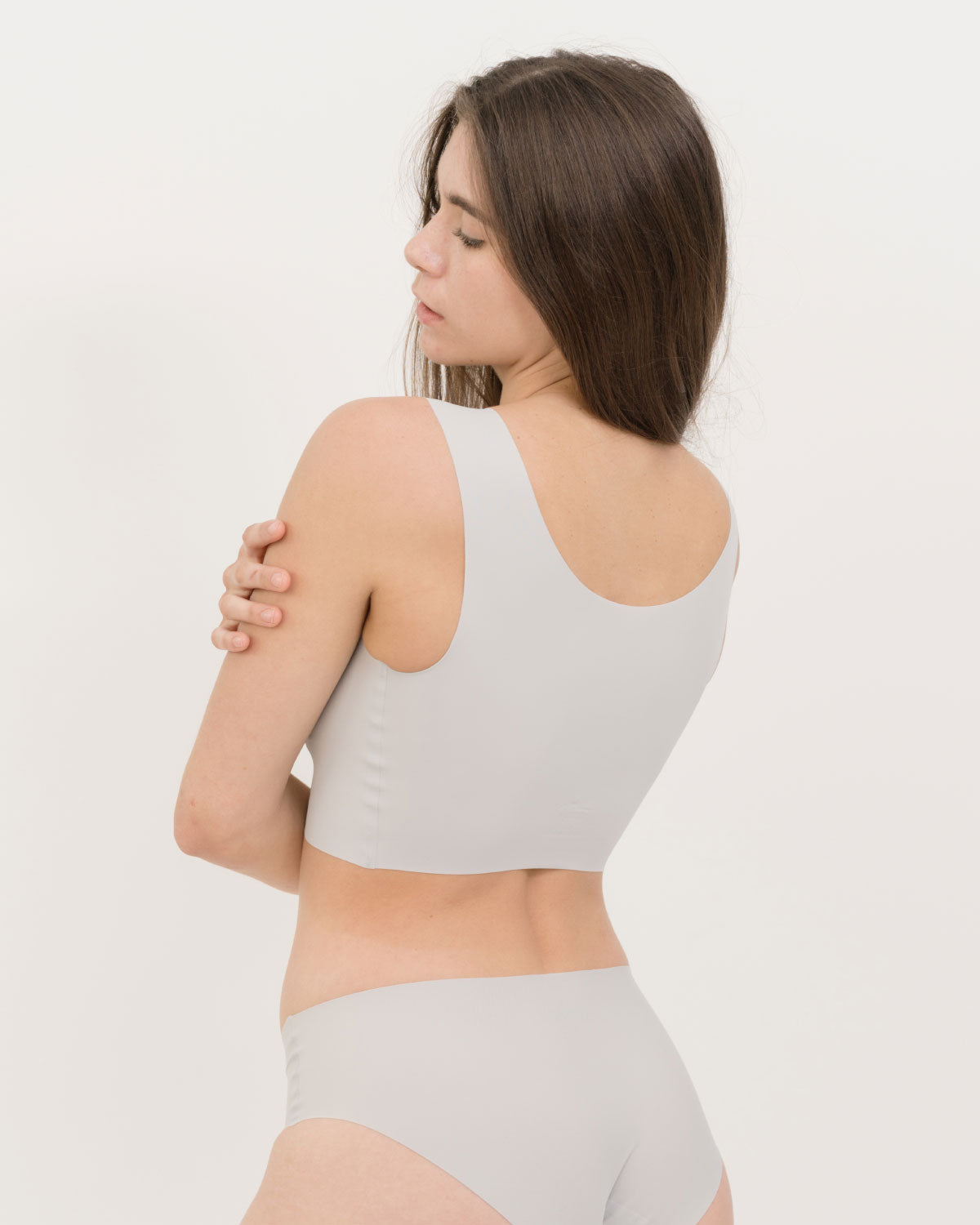
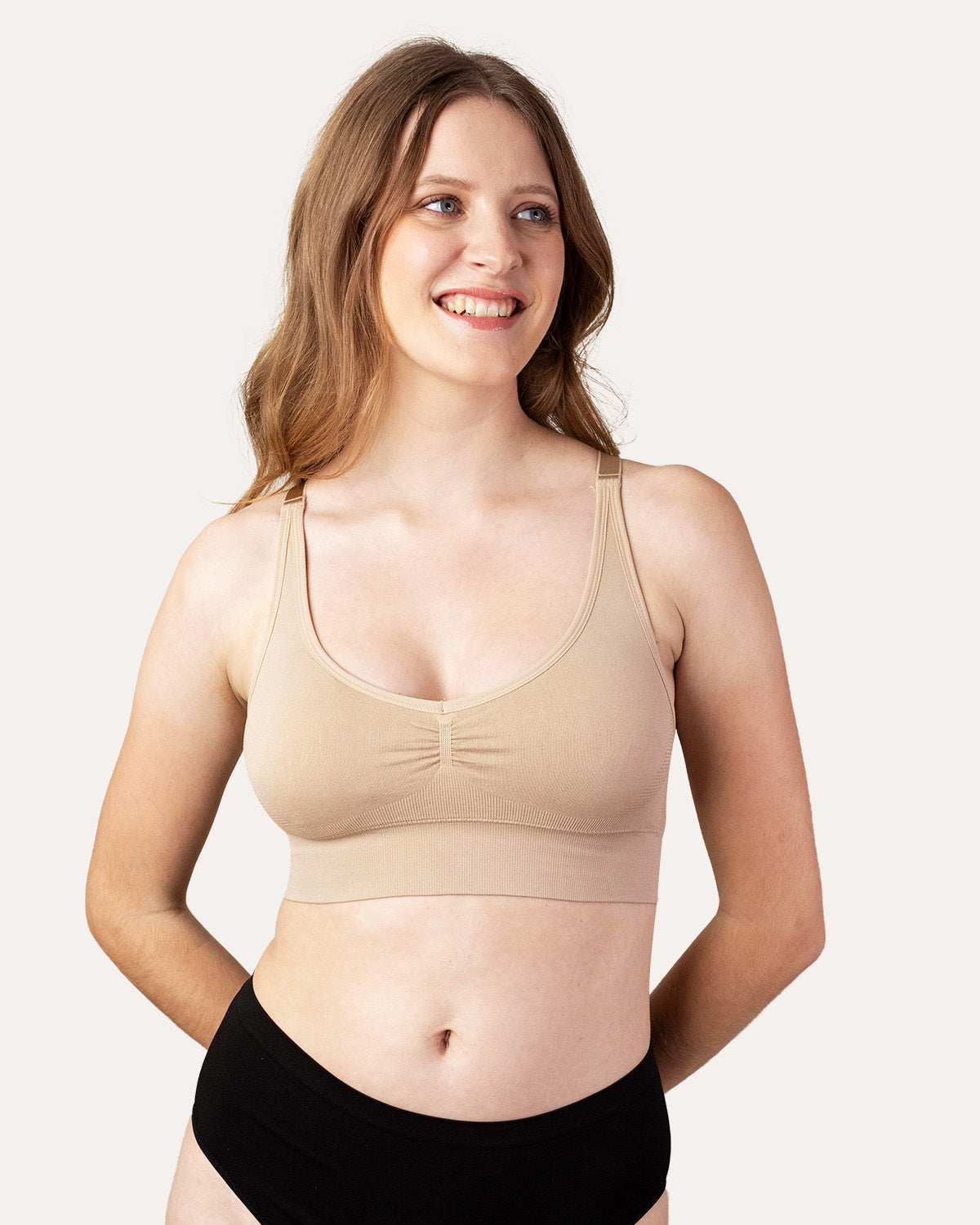
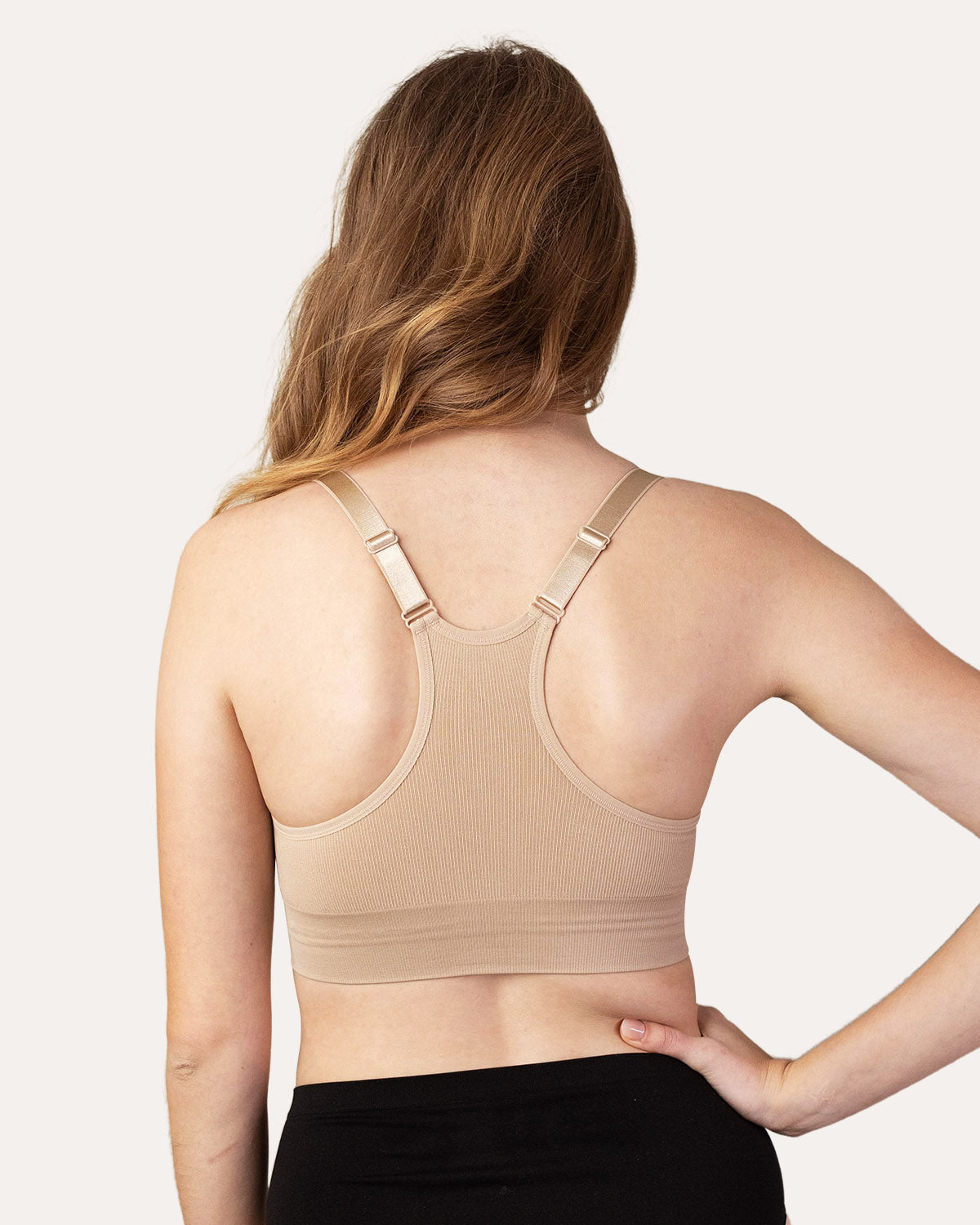
Leave a comment
This site is protected by hCaptcha and the hCaptcha Privacy Policy and Terms of Service apply.